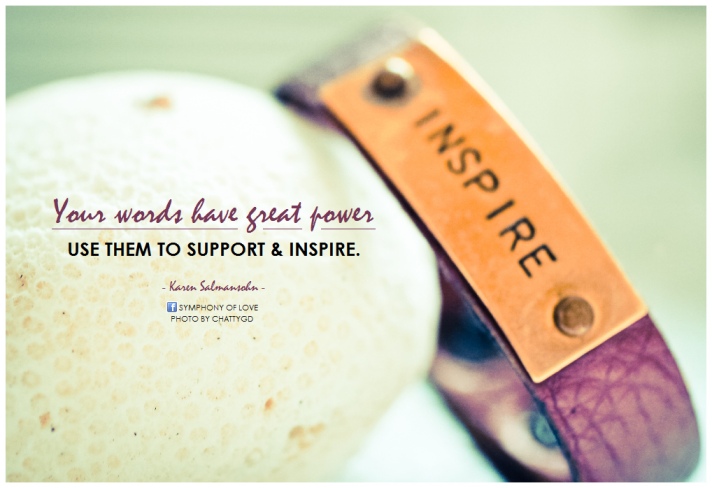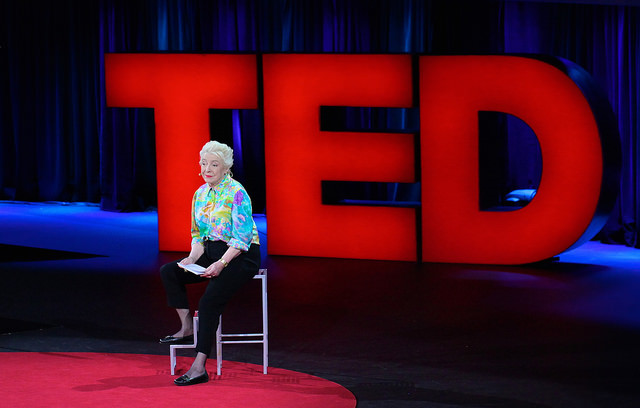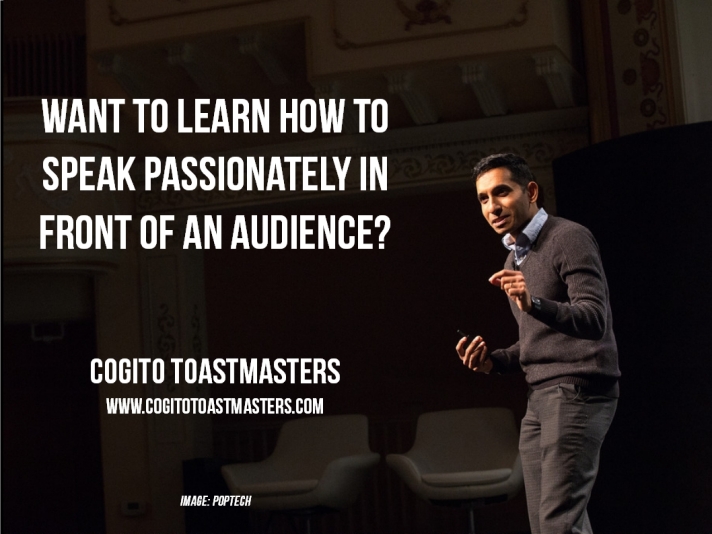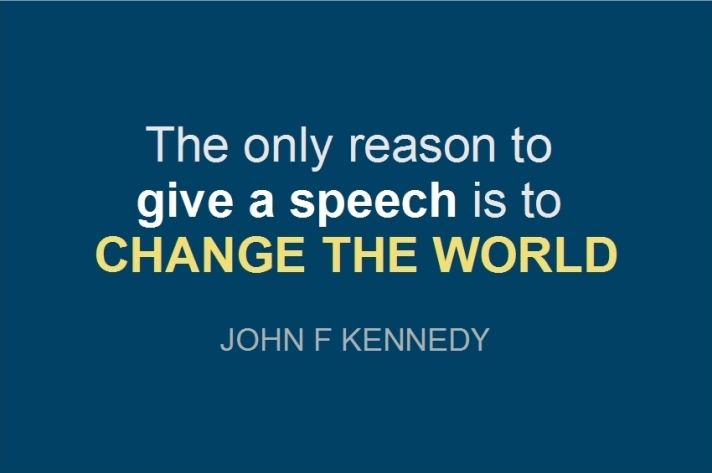
I’m going to let you in on a secret: even the most experienced speakers have gone blank in the middle of a presentation. The difference between you and them is how they handle that moment of blankness. Experienced speakers use the following four simple tricks to deal with going blank and the self-doubt that comes with it:
- Don’t Panic
- Retrace your steps
- Check your notecards
- Move on to the next section
1. Don’t Panic
This is both the hardest and the most important tactic available to you. Yes, you are going to want to freak out and yes, you will have the urge to run away and hide in the toilets but what you need to do is pause and take a deep breath, a really deep breath. Then take another, this will get oxygen into your brain and help you relax and allow your brain to do its work. Now that you’re starting to relax move on to step 2.
2. Retrace your steps
Think back. What were you talking about before you went blank? Go over what you just said in your brain, usually going over the words again will trigger your memory of what comes next, this should get you through most situations. If not then try steps 3 or 4.
3. Notecards
This is the emergency situation. Calmly take out your notecards and look through them to find what you should be saying next (and only check the notecards, not your script, checking your script may take too long). You could casually explain the notecards by saying something like “this is important so I really want to get this right”. If the notecards don’t help them then try step 4
4. Move on to the next section
If you have learnt your presentation in chunks then you are in a great place because you can keep going, you can move to the next chunk of your presentation and continue. This is why we recommend that you learn your presentation in chunks as each “chunk” is a mini-speech in its own right so forgetting part of the speech doesn’t mean that you can’t go on. Also what you will find happening is that as you continue through the rest of the speech, you’ll remember the important points that you forgot and you can cover them at a later point in the presentation.
To solidify these 4 steps in your mind then as you’re practicing your presentation, make note of the areas that you have difficulty with or that you keep forgetting and ask yourself “If I go blank during this section, what will I do?” The answer naturally is to follow the four steps and if you forget things during rehearsal then practice the 4 steps so that they will naturally come to you if you go blank during the actual presentation.
If you enjoyed this post then why not try more of our presentation tips:
- 3 Steps to Writing a Great Speech
- The Secret to Learning a Speech or Presentation
- Four Ways to Calm Your Presentation Anxiety
Image: Het Nieuwe Instituut (Flickr)







 For most people when they learn a speech or presentation they learn it as they expect to say it, i. e. beginning at the start and reading through it to the end. This is definitely a good way to learn a speech but there is one big problem with this method. You usually end up knowing the first half of the speech better than the second half. This is because when we make a mistakes we typically go back to the beginning of the speech and start again. The other problem with learning it in such a linear way is that if you go blank in the middle of the actual presentation, it can be difficult to work out what to say next.
For most people when they learn a speech or presentation they learn it as they expect to say it, i. e. beginning at the start and reading through it to the end. This is definitely a good way to learn a speech but there is one big problem with this method. You usually end up knowing the first half of the speech better than the second half. This is because when we make a mistakes we typically go back to the beginning of the speech and start again. The other problem with learning it in such a linear way is that if you go blank in the middle of the actual presentation, it can be difficult to work out what to say next.
